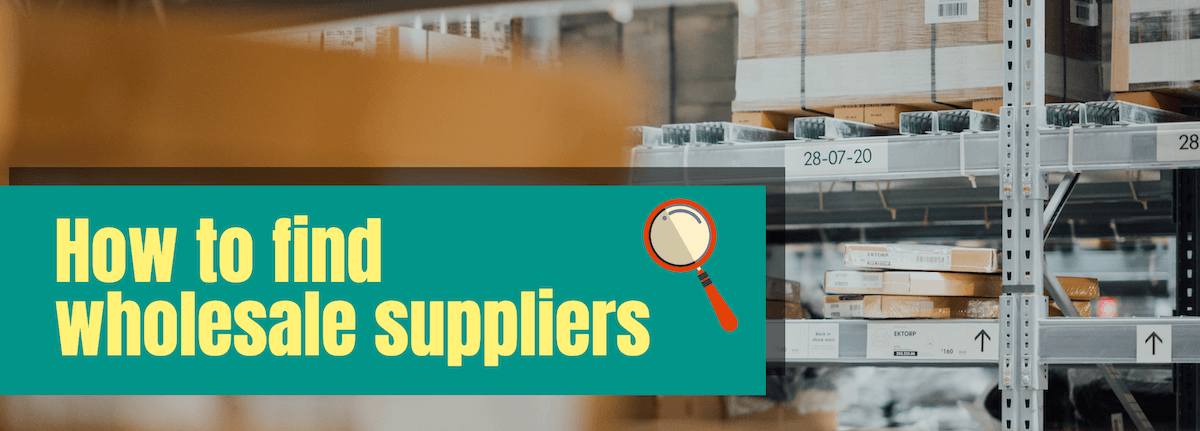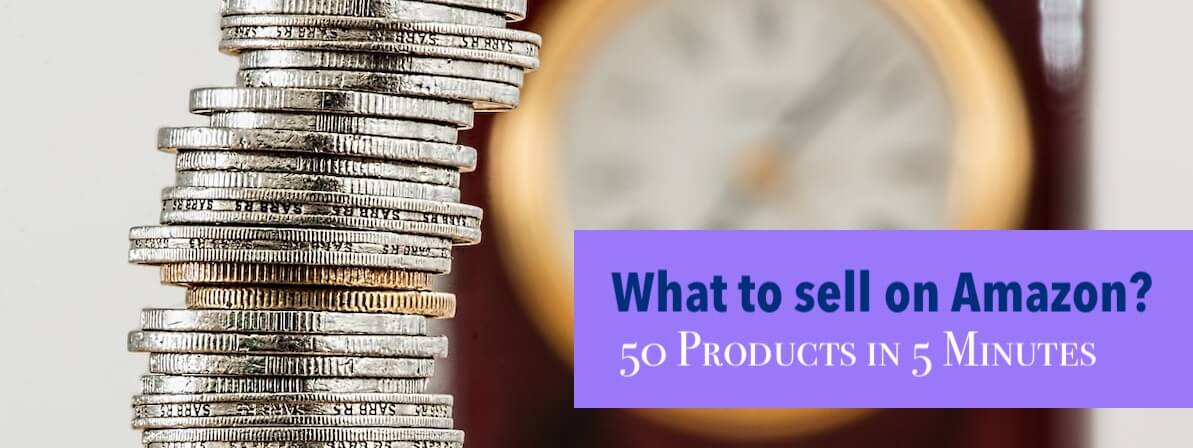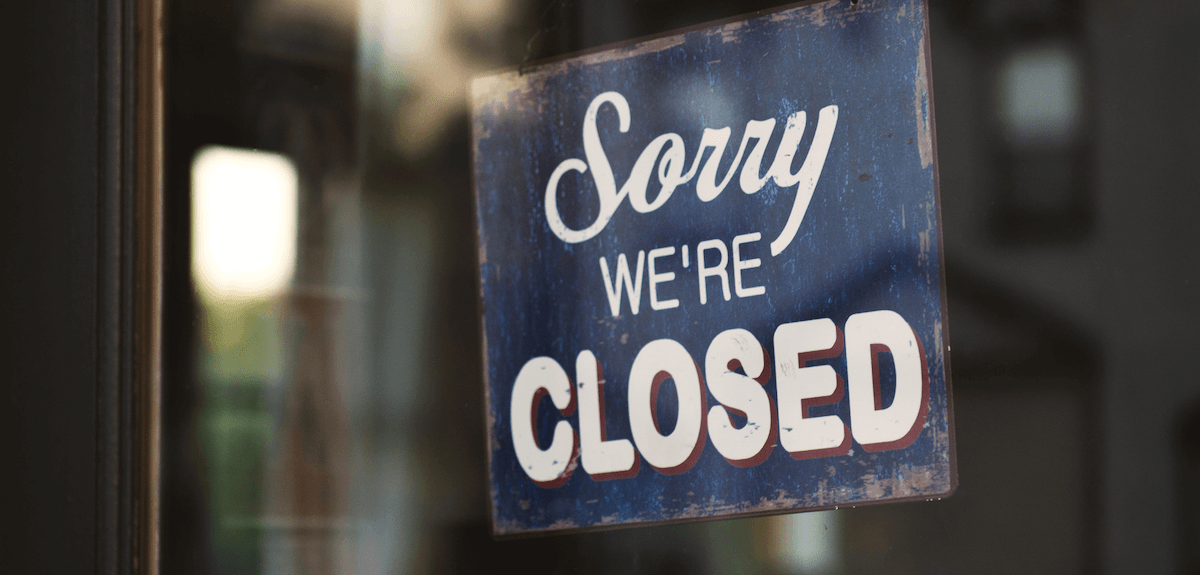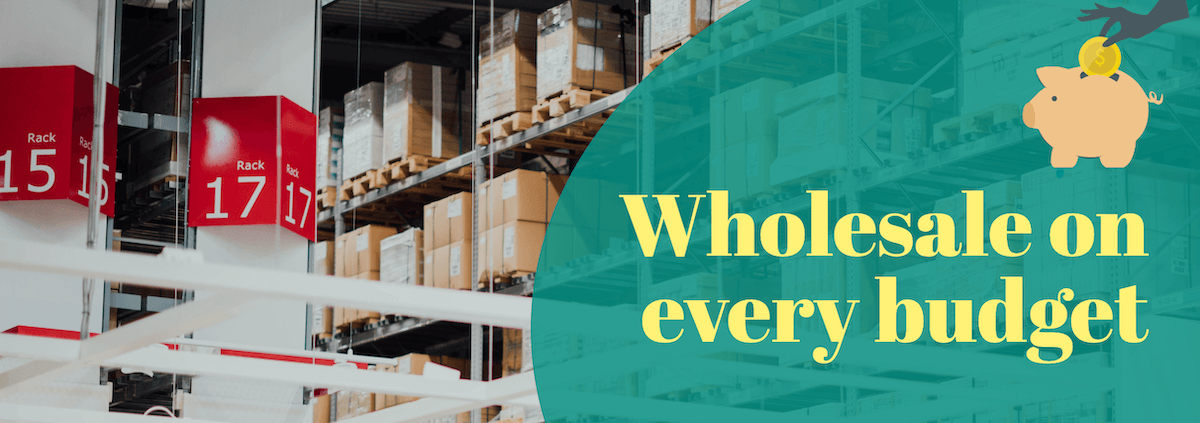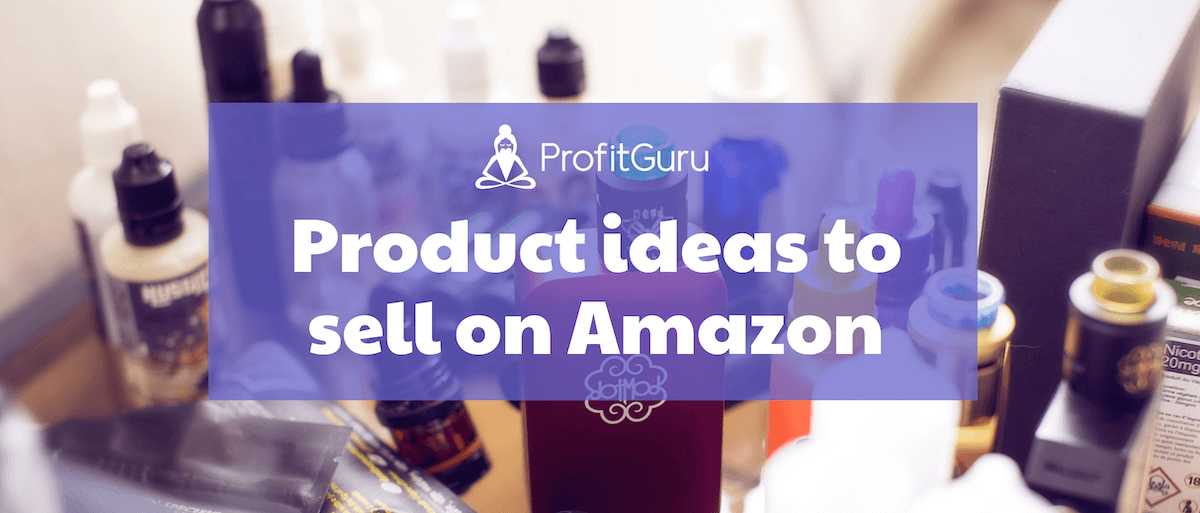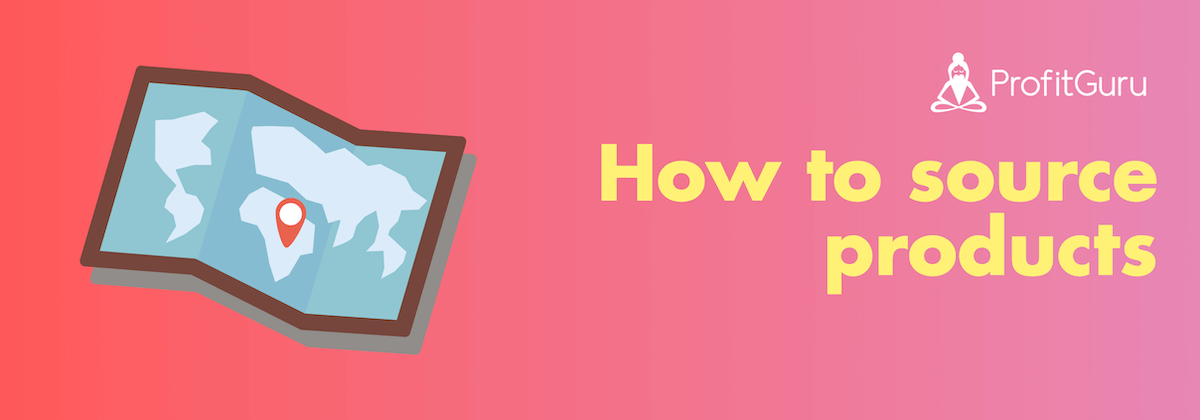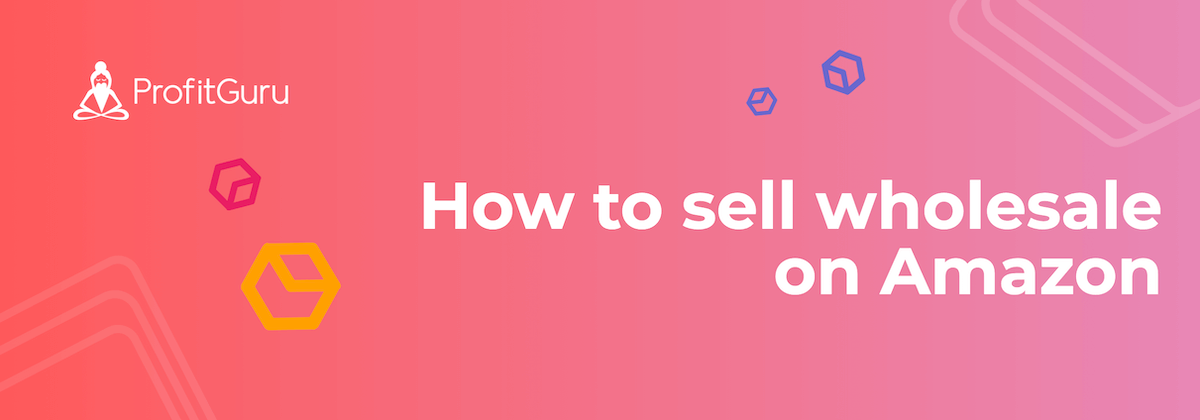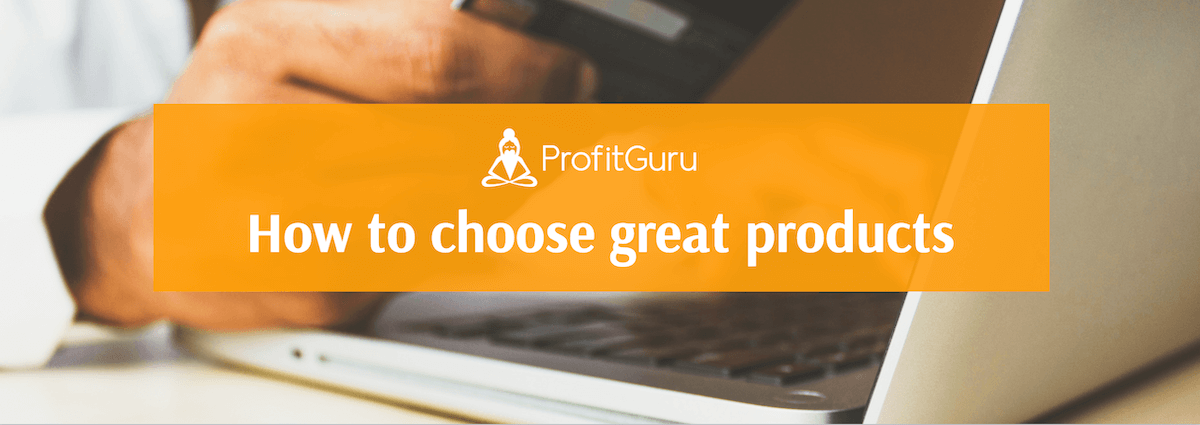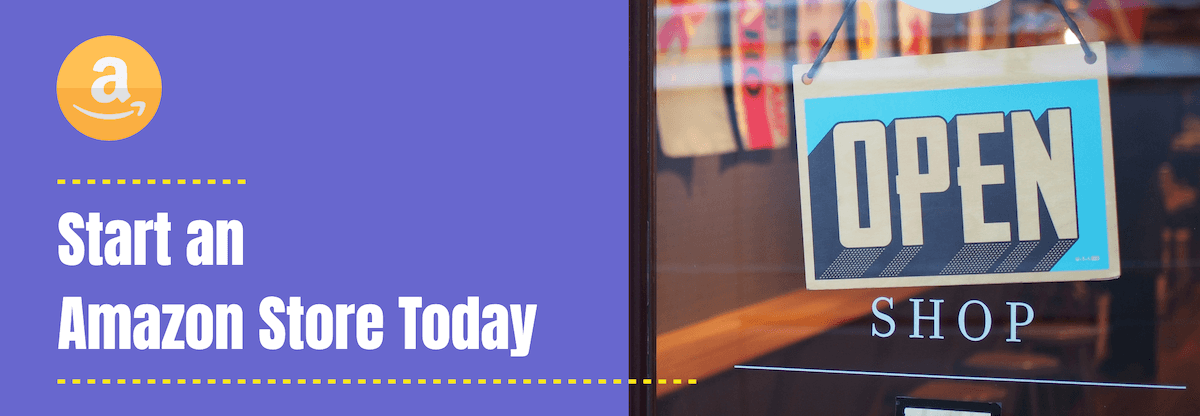ProfitGuru Blog - Page 4
If you’ve kept an ear toward the Amazon forums lately, you’ve likely heard the naysayers. “Amazon is DEAD.” “There are no products with good profit margins.” “Amazon just isn’t what it used t...
Are you spending hours each day digging through UPC price lists? Do you call supplier after supplier, but end up with very few profitable wholesale accounts? Do you want to find cheaper Amazon p...
Become an Expert Amazon Seller
Signup to our newsletter today and receive members only tips, latest Amazon Marketplace news and other exclusive content!
Would you like to buy name brand items for pennies on the dollar to resell on Amazon? What about $200 for 100 Star Wars Light Up BB-8 Keychains? Or 50 packages of Hanes Underwear for $100? If those do...
The FBA Facebook groups have been buzzing this month. With an increasing amount of restrictions put in place by well-known brands, as well as a surge of new Amazon sellers, people everywhere are claim...
You’ve seen them plastering Youtube and Facebook with multi-million dollar mansions and six figure cars. Casually walking along their beachfront property, they provide assurance that you too can lea...
4 Advanced Strategies for Sourcing Amazon Products
 Trifon Tsevtkov
Trifon Tsevtkov
As we’ve said before, the best products are often the hardest to source. This reduces competition as fewer Amazon sellers are willing to go the extra mile needed to source them. We hope you un...
7 Ways to Maximize Your Amazon Profit Margins
 Trifon Tsevtkov
Trifon Tsevtkov
Most articles online talk about growing your Amazon revenue and that’s often the main success metric people use. However, even if you generate a 7-figure or 8-figure revenue, you could end up mak...
How to Find Wholesale Suppliers and Negotiate Profitable Deals for Your Amazon Store
 Trifon Tsevtkov
Trifon Tsevtkov
You may have heard about many Amazon success stories using the wholesale sourcing method. Indeed, we also think it’s one of the best ways to start and grow your Amazon store. But as with anyth...
3 Tips to Choose Great Products for Your Amazon Store
 Trifon Tsevtkov
Trifon Tsevtkov
Over the last few years, we’ve tried many strategies and tactics to grow our Amazon store to where it is right now - at over $200,000 in monthly revenue. We’ve experimented with different product...
How to Sell on Amazon: The Beginner’s Guide for 2021
 Trifon Tsevtkov
Trifon Tsevtkov
Okay, so you've pondered the idea for a while - starting an Amazon store from scratch and turning it into a successful venture. And now you're ready to take the next step. Only it's not clear what t...

